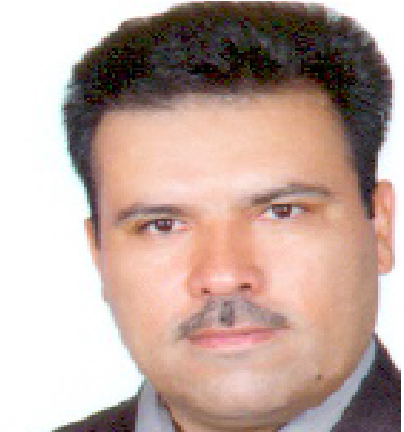Analyzing the livability of exogenous development cities with the approach of the mathematical model of sustainability (case study Zabol city)
The region of Sistan has long been a prosperous and productive area. In this geographical area, many cities have been established, but with the passage of time and changing conditions, they either disappeared or changed their functions. But since the beginning of the current century, the city of Zabol was formed by relying on government credits, and during this period, its population has constantly increased. In fact, due to the exogenous development of the city, environmental and regional problems have never stopped the growth of this city, and at the cost of the destruction of the surrounding environment, its life has continued with greater intensity. The current research has analyzed the livability of Zabol city with a descriptive and analytical method. The required data was collected through a researcher-made questionnaire from a sample of 300 experts. The data was analyzed using the evaluation matrix of effective and affected indicators and the mathematical model of sustainability and viability. The results showed that this city scored 0.4829 points in the environmental section and 0.2945 points in the economic and social section. Based on these points, the livability degree of this city is determined as 0.1884 and according to the existing standards, it is placed in the weak and very weak livability group. Therefore, if the necessary control and preventive policies are not applied, not only the residence and life in this city will be threatened, but also the surrounding environment will undergo more fundamental destruction.
-
Investigating the Viability of Cities Located in Environmentally Sensitive Areas, Case Study: Zabol City
*, Seyed Mehdi Moosa Kazemi, Fatemeh Karimian Pour
Journal of Urban Ecology Researches, -
Cultural-Social Regeneration of Urban Peripheral Textures with the Empowering Local Community Approach; Case Study, Neishabur City
Seyyed Mehdi Moussakazemi *, , Hossein Rahimi, Narges Sadat Razavi
Journal of Urban Peripheral Development,



